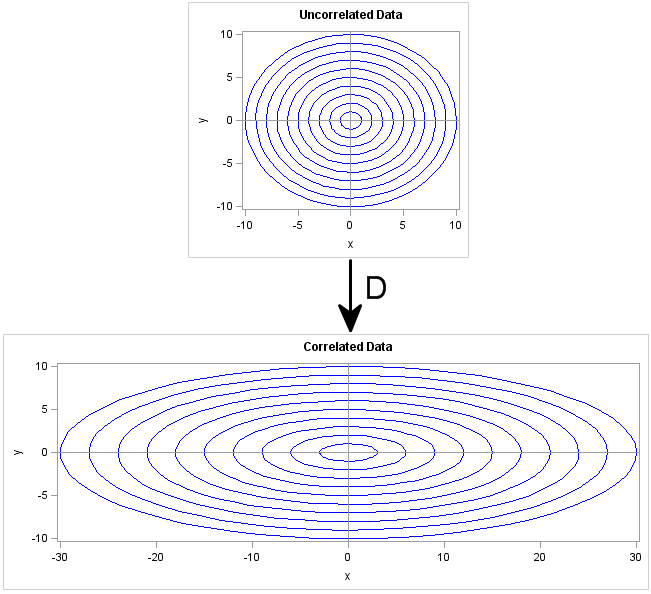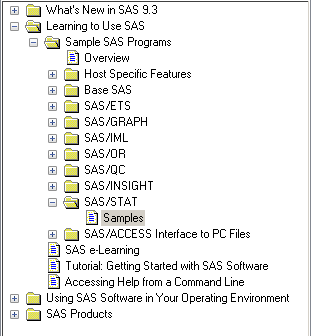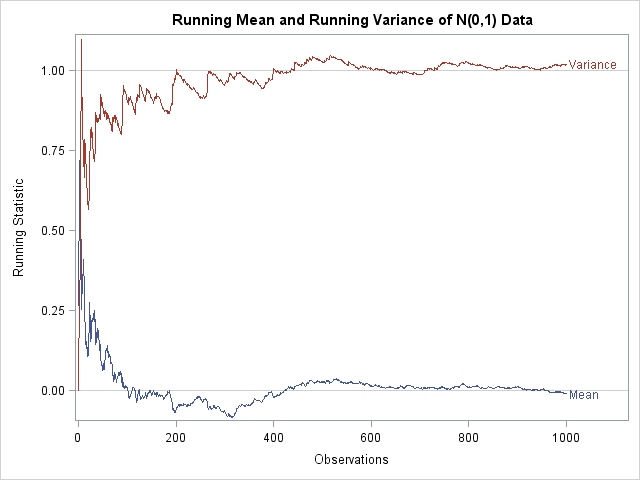
Sometimes in matrix computations you need to obtain the values of certain submatrices such as the diagonal elements or the super- or subdiagonal elements. About a year ago, I showed one way to do that: convert subscripts to indices and vice-versa. However, a tip from @RLangTip on Twitter got me









